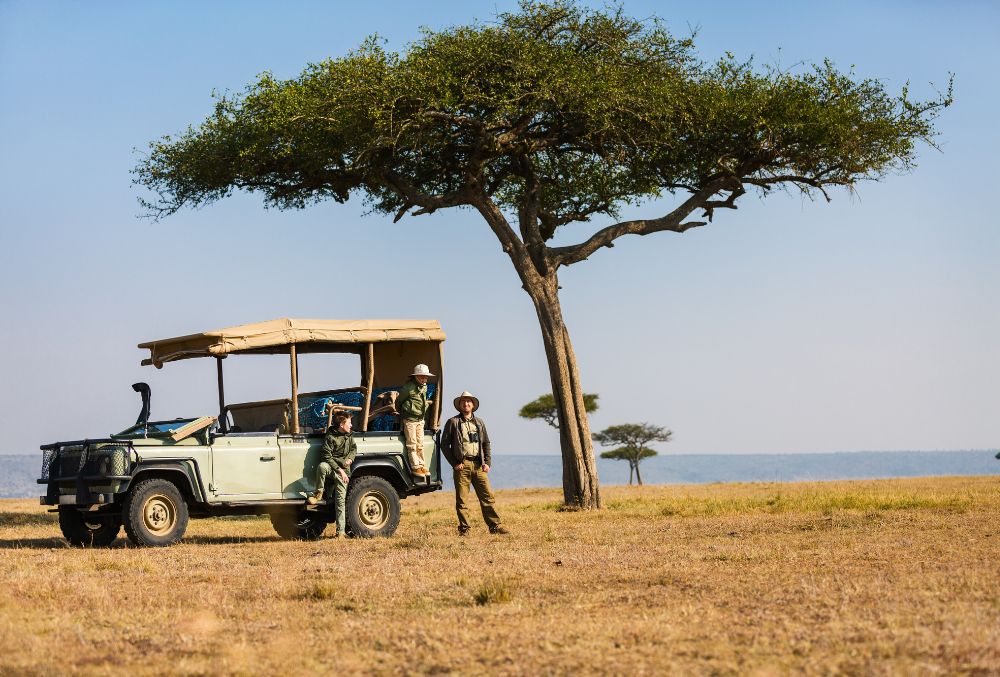Africa plays host to more than 2,300 bird species, with approximately 1,400 species that are unique to the continent, including the remarkable ostriches, shoebills, hamerkops, francolins, and turacos. The continent is predominantly the habitat for avian families such as bustards, sandgrouse, honeyguides, and larks.
In addition, Africa’s waterways are patrolled by aquatic predators like storks, geese, ducks, and various species of kingfishers. The continent is also a haven for raptors such as eagles, hawks, and owls that prey on small mammals. Scavengers critical to maintaining the ecological balance, such as vultures, kites, and the sizable marabou storks, also thrive here.
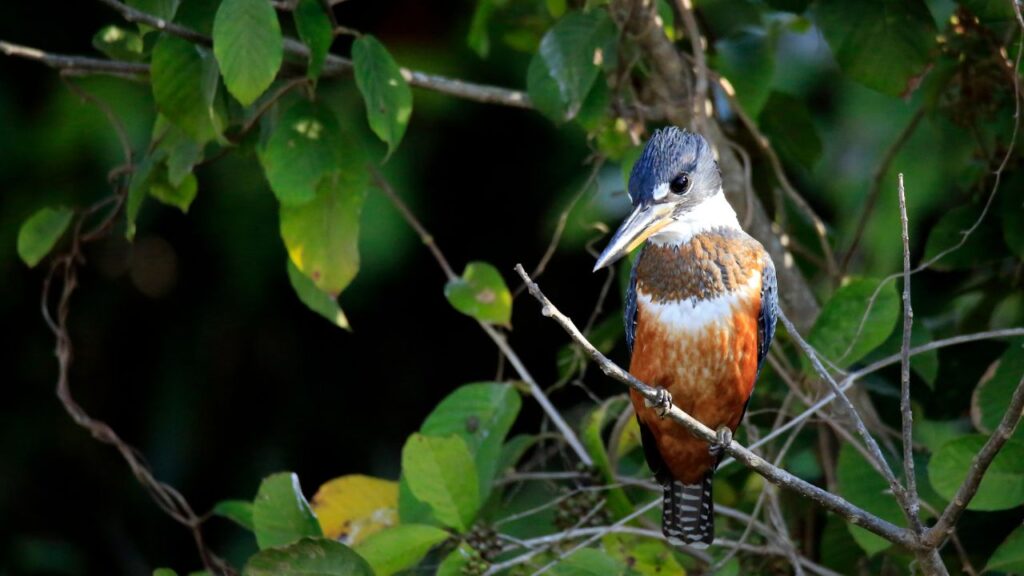
Africa’s skies are alive with activity, serving as the corridor for vast flocks of migratory birds. These birds embark on their annual journey from their wintering locations in Europe and Central Asia to their breeding grounds in Africa, including species such as cuckoos, turtle doves, swallows, and songbirds. Additionally, there are intra-African migrants that breed in the southern regions of the continent during the summer before heading north as winter approaches, with many swallows and bee-eaters among them.
Furthermore, some species exhibit partial migration patterns, like South Africa’s cattle egrets. Some individuals migrate northward during the winter months, while others remain, resulting in a continuous, though variable, population year-round.
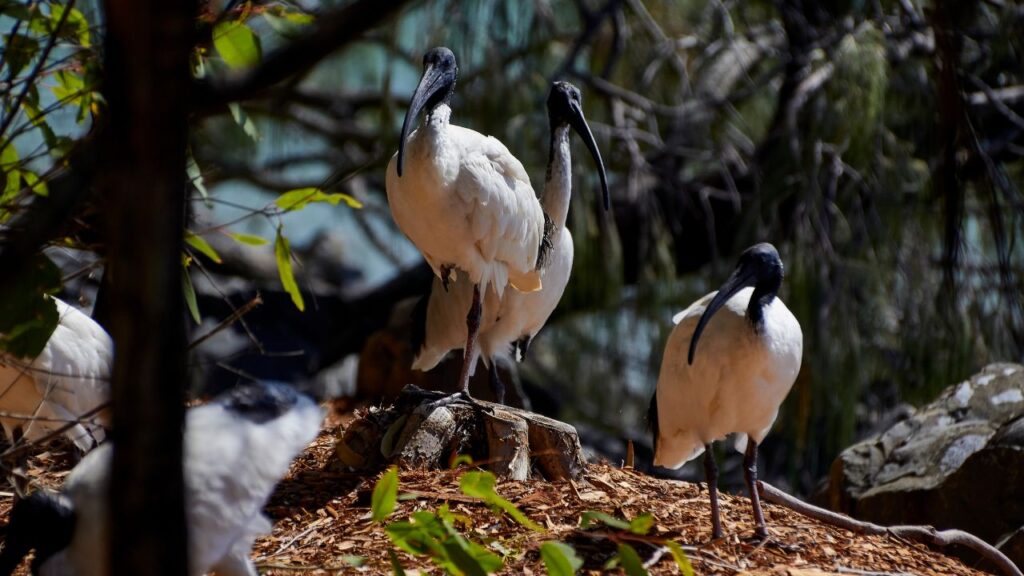
Premier Birdwatching Havens Across Africa
Africa, with its diverse ecosystems, offers unparalleled opportunities for birdwatching. Here are some of the continent’s top destinations for avian enthusiasts.
Botswana: A Birdwatcher’s Dream at the Okavango Delta
The Okavango Delta, in its full flood, stands as one of the planet’s premier spots for birdwatching. Keep an eye out for Pel’s fishing owls, African jacanas, western banded snake eagles, and the vibrant kingfishers. The Moremi and Savuti regions are ideal for spotting the neon-colored lilac-breasted rollers or the elegant saddle-billed storks along the Chobe River banks. The Makgadikgadi salt pans transform into a pink wonderland with the arrival of thousands of flamingos during the rainy season from October to April, making it a must-visit for bird lovers.
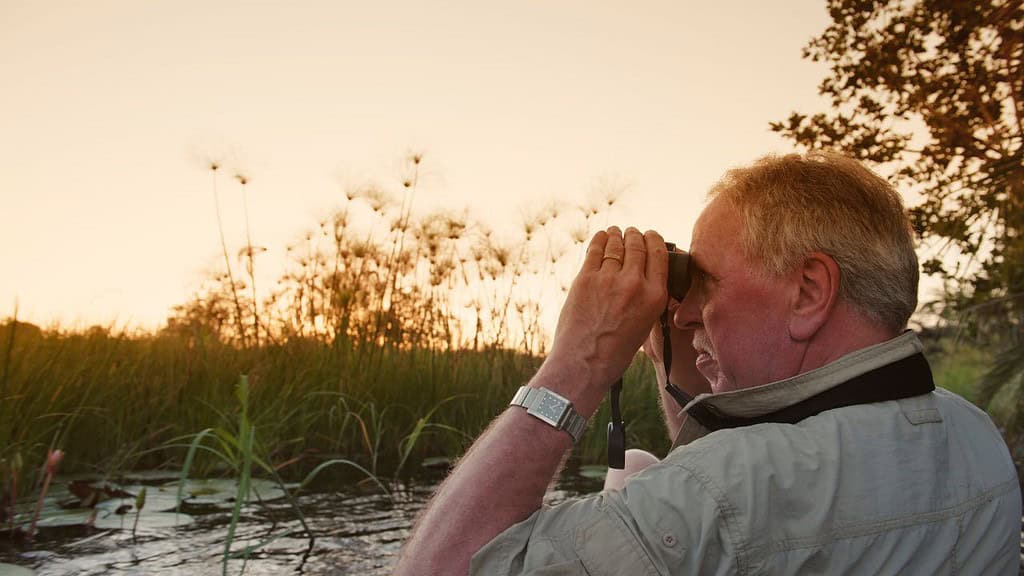
Ethiopia: Unique Avian Species in the Bale Mountains
Ethiopia, home to 830 bird species, including 23 endemics, is a haven for birdwatchers. The Bale Mountains offer an exceptional setting to explore Ethiopia’s rich birdlife against the stunning backdrop of Lake Awassa. Noteworthy species include the brown snake eagle, wattled ibis, malachite kingfisher, African firefinch, and red-billed hornbill. The striking vulturine guineafowl, roaming Ethiopia’s southern borders, adds to the country’s avian allure. The optimal birding season spans from September to February.

Kenya: A Diverse Avian Paradise
Kenya’s wealth of over 1,100 bird species thrives across various habitats, making it a birdwatcher’s utopia. From ospreys and fish eagles to ostriches and the rare bearded vulture, Kenya’s birdlife is abundant and diverse. The flamingos, creating a kaleidoscopic spectacle along the Rift Valley’s alkaline lakes, are particularly notable. The best birdwatching period is from September to April, with flamingos peaking in January and February.
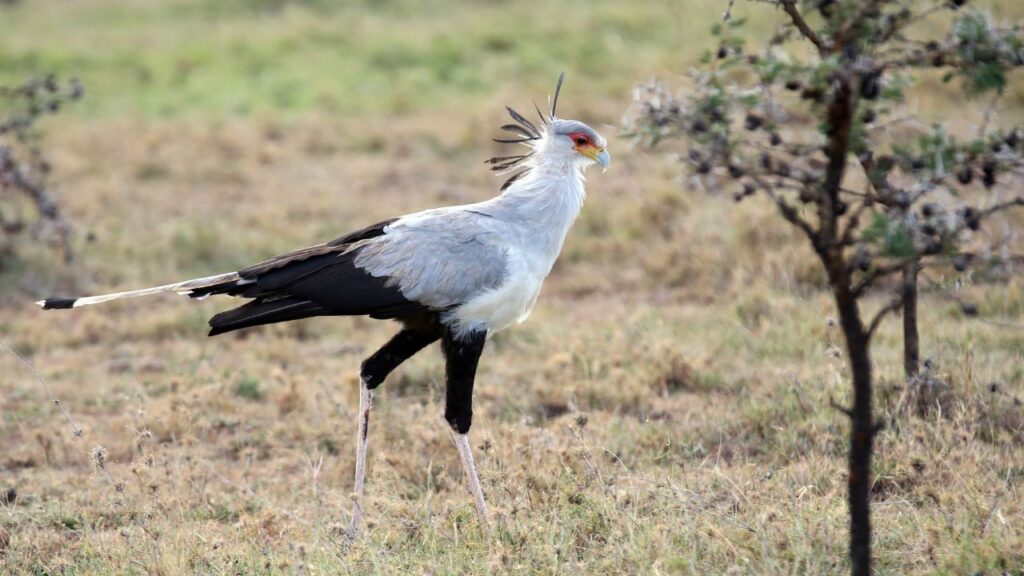
South Africa: From Endemics to Penguins
South Africa’s rich biodiversity includes over 900 bird species, thriving in a wide range of habitats. The Cape Town area is renowned for its seabird watching, hosting species like the Cape sugarbird and the iconic African penguin colonies. The Kruger/Sabi Sands region boasts 507 species, while KwaZulu-Natal’s iSimangaliso Wetland Park, home to more than 530 species, is especially vibrant from November to March due to migratory birds. South Africa offers year-round birdwatching delights.
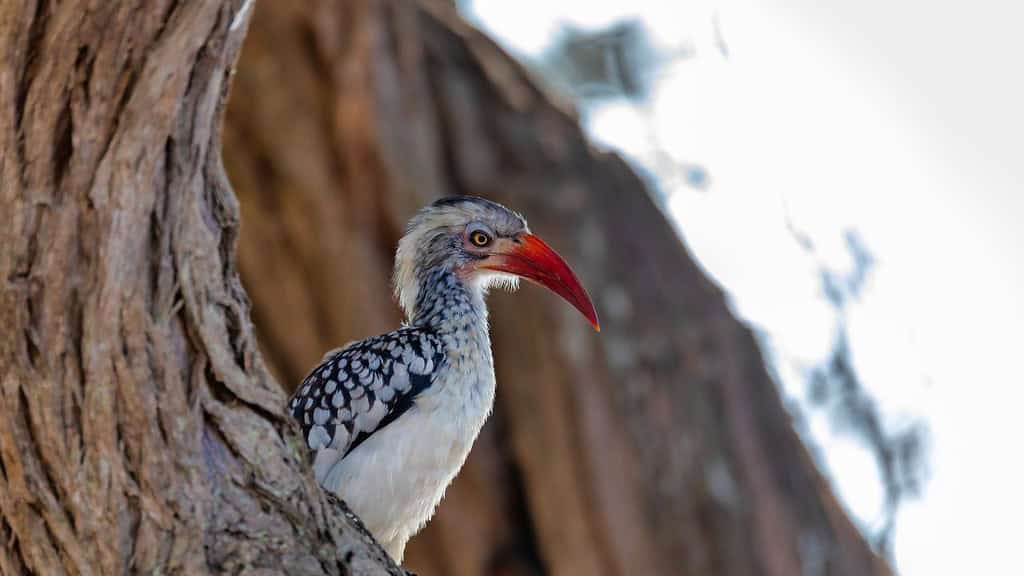
Uganda: The Birding Crown Jewel
Uganda, beyond its famous gorillas and chimpanzees, is a top global birding destination, housing over 1,000 bird species. Murchison Falls National Park is particularly noteworthy, offering sightings of the prehistoric-looking shoebill stork and Uganda’s national bird, the grey-crowned crane. The best visiting window is from November to April, promising a rich birdwatching experience.
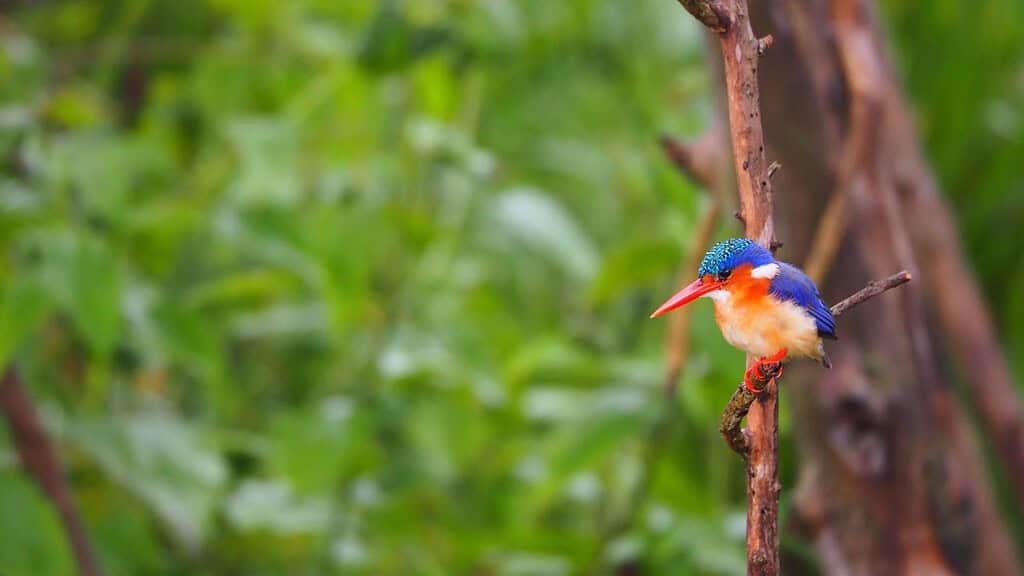
Zambia: Raptors and Fruit Bats Spectacle
While the Serengeti and Masai Mara’s wildebeest migration is well-known, Zambia’s Kasanka National Park witnesses the world’s largest mammal migration of African giant fruit bats annually from mid-October to late November. This event attracts a plethora of Africa’s raptors, creating a spectacular birdwatching opportunity, including eagles, vultures, and the elusive bat hawks.
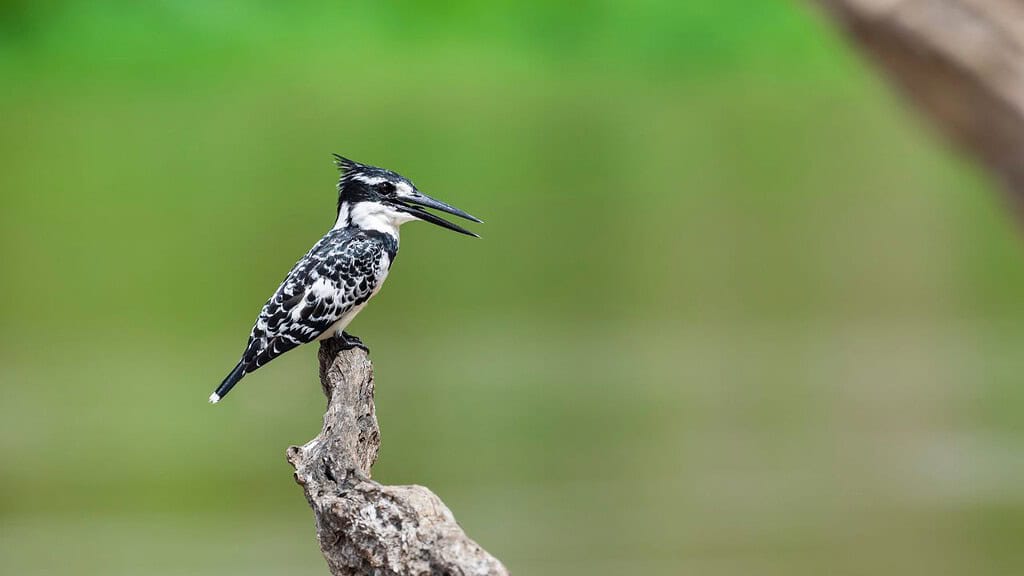
Optimal Period for African Travel
Africa’s rich birdlife can be enjoyed at any time throughout the year, making it a perennial destination for avian enthusiasts. A significant number of African birds remain within the same vicinity year-round. Notably, the premier locations for birdwatching align with some of the continent’s most renowned wildlife viewing areas. In various regions of Africa, the peak season for bird observation coincides with the wet summer months, often referred to as the green season. This period is marked by the arrival of large groups of migratory birds, creating a vibrant spectacle of colors and a symphony of sounds. An additional advantage of visiting during this season is the reduced cost of safaris, as it corresponds with the tourist low season.
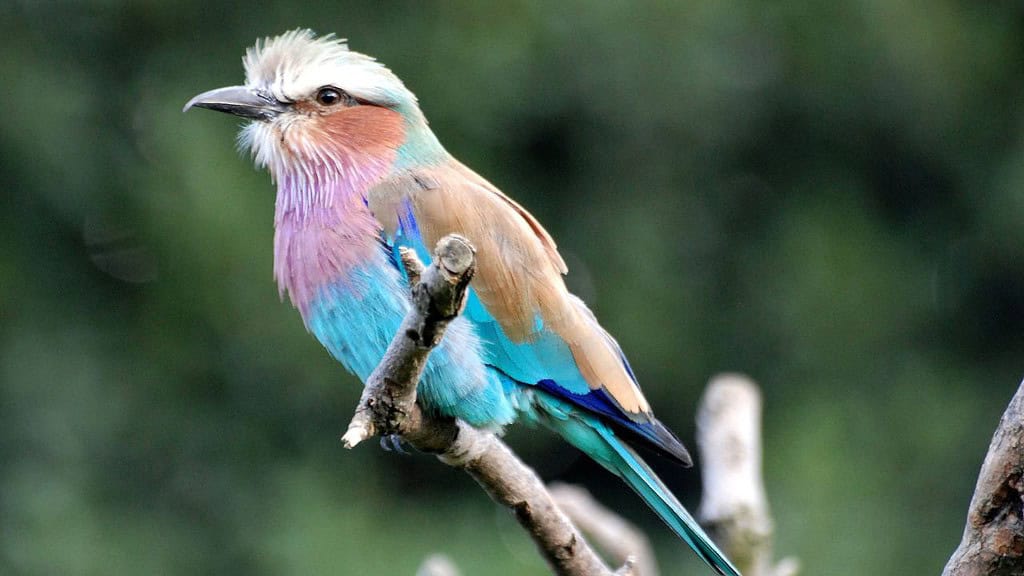
Trip Preparation for Bird-Watching Enthusiasts
we possesses extensive experience, spanning several decades, in organizing a diverse array of bird-watching excursions. Whether your passion lies in seeking a specific elusive bird, tracking magnificent raptors, exploring Africa’s endemic species, observing migratory flocks, or simply nurturing a general fascination with birds, we have the expertise to curate expeditions led by esteemed birding specialists, naturalists, and local guides. These experts will customize your journey to meet your individual preferences.
For bird-watchers journeying alongside friends or family members who do not share their specific interest, there’s promising news. Many of the premier bird-watching locales coincide with top-tier wildlife observation sites, ensuring a rewarding experience for all participants.
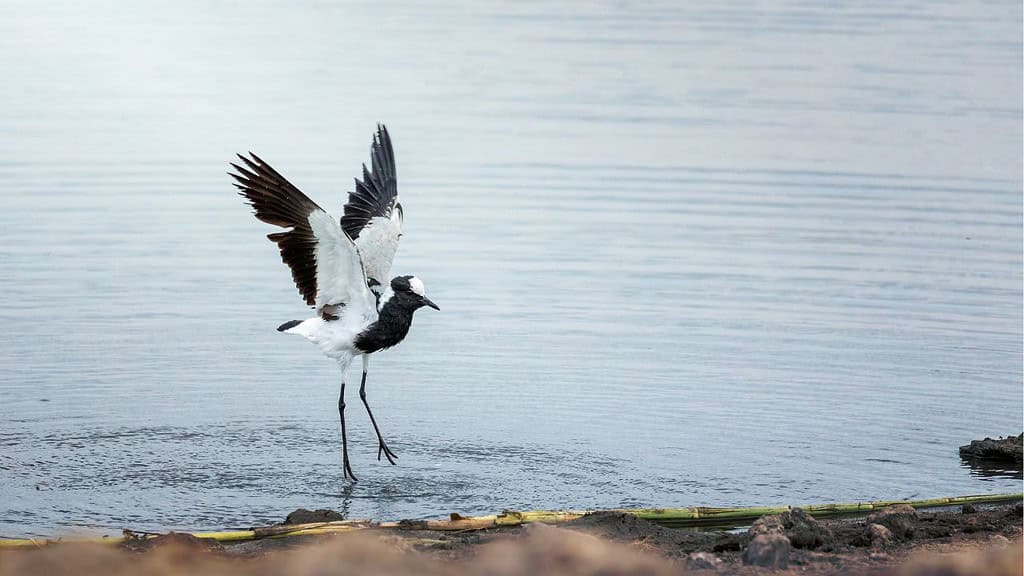
When it comes to gear, a high-quality pair of binoculars is essential for any bird-watching adventure, enhancing your viewing pleasure significantly. Photographers are advised to use a lens of 400mm or longer, particularly for capturing images of smaller birds. Additionally, depending on your destination, a sturdy and comfortable pair of walking boots is recommended, especially for those embarking on forest birding treks.
Africa is a haven for bird enthusiasts. Whether you’re silently navigating through Botswana’s Okavango Delta in a mokoro, trekking across Ethiopia’s Bale Mountains, or exploring the dense rainforests of Central Africa, the opportunity to observe Africa’s most vibrant and intriguing avian species awaits. Whether you’re concealed within a camouflaged hide or surveying the savannah from a safari vehicle, the continent’s avian wonders are sure to captivate and thrill even the most experienced birders, promising the addition of numerous species and perhaps a few ‘lifers’ to your list.
Ready for your trip?
Let us help you plan everything.
We believe in the uniqueness of every traveler’s journey. Our sample itineraries and cost estimates serve merely as inspiration. Dive deeper into personalized travel planning by connecting with our expert consultants, who are ready to craft your customized itinerary, tailored to your budget and passions.
